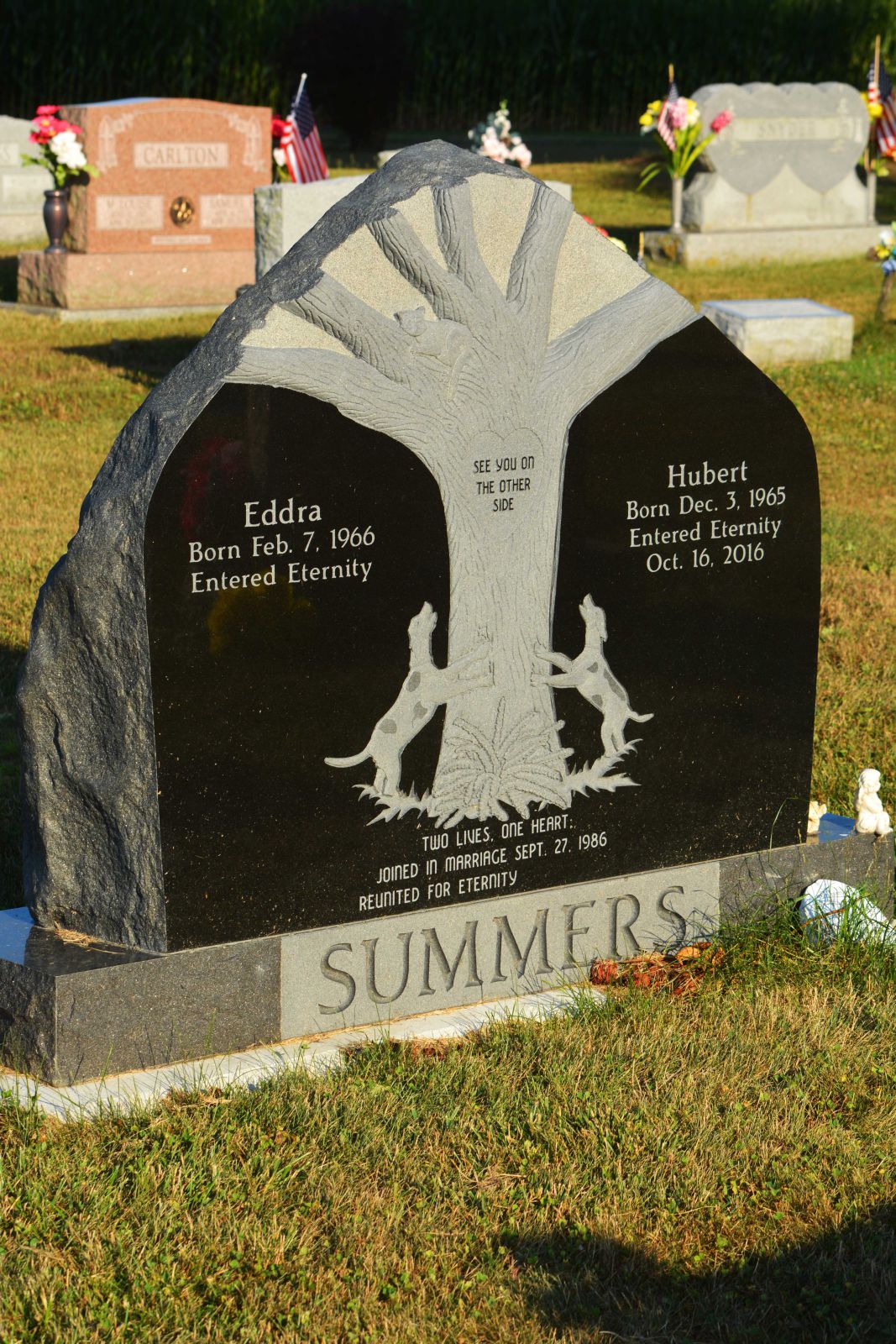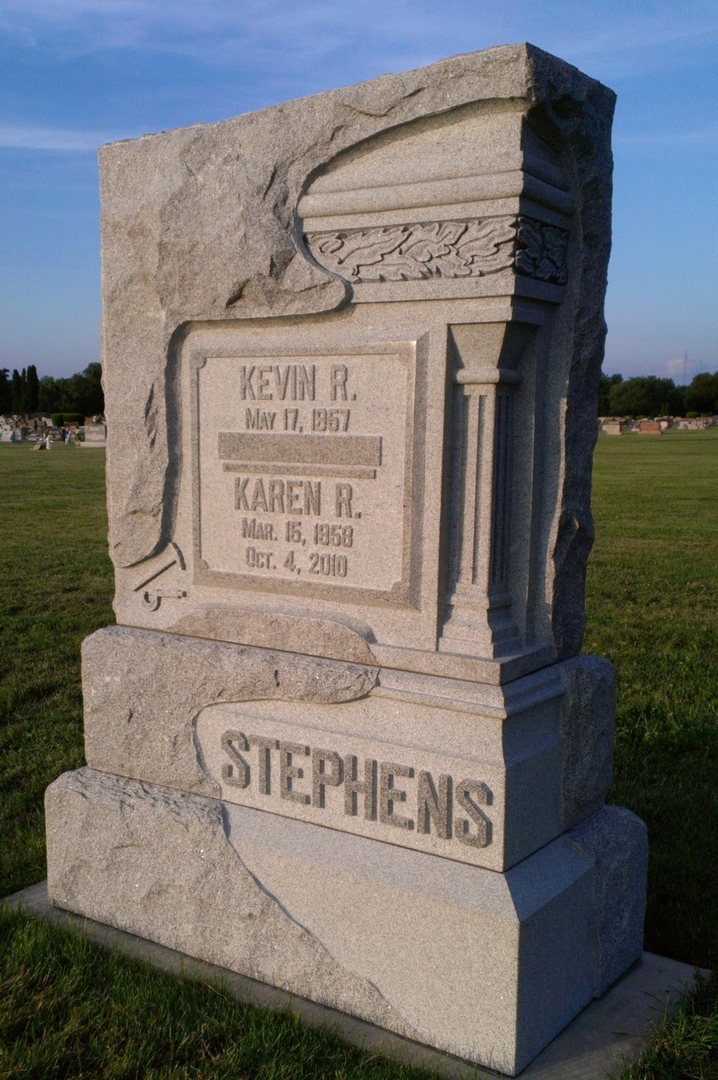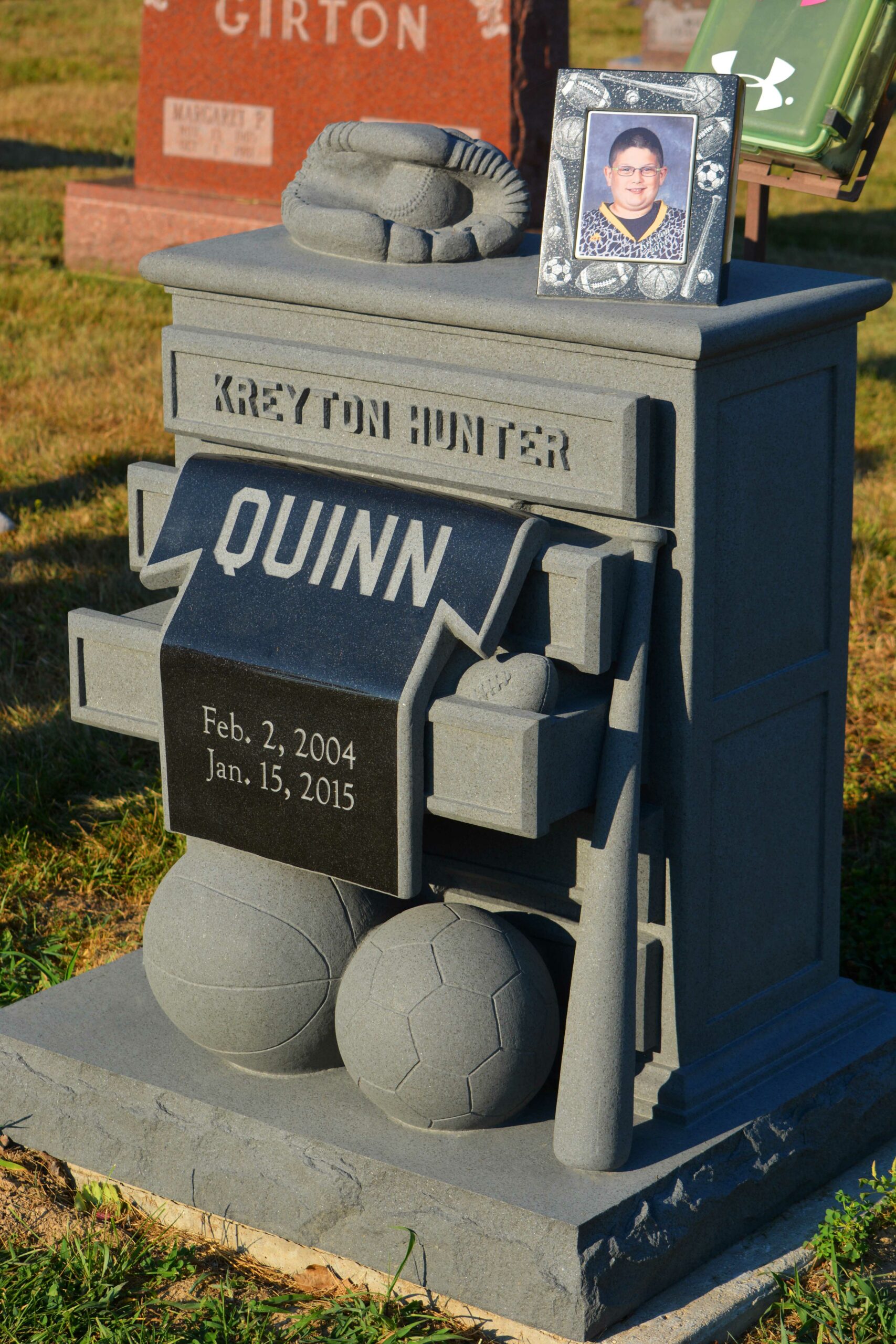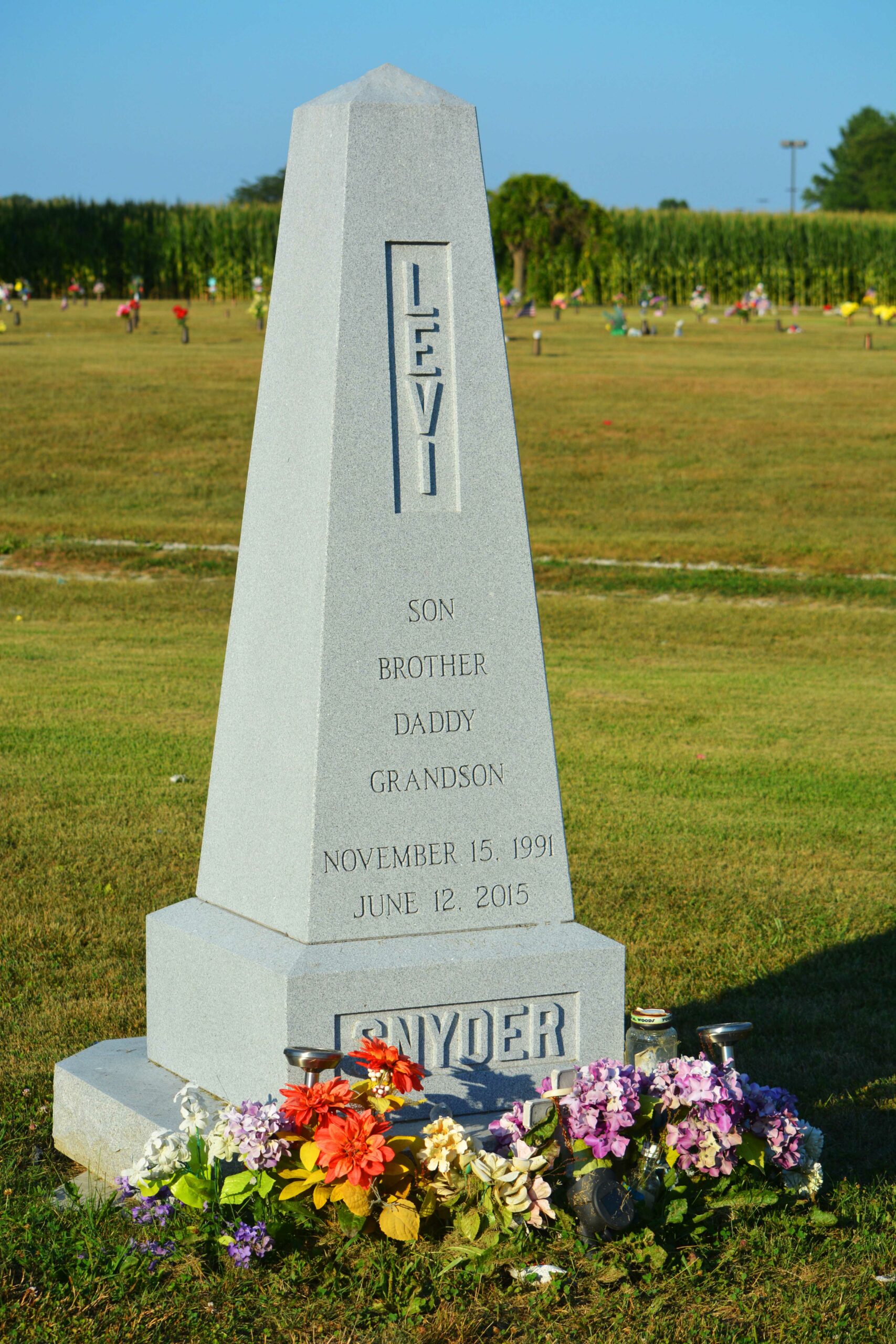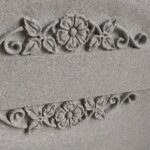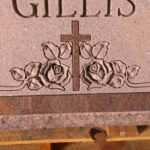
Carving Memories for
Generations to Come!
Custom Memorials
Classic Designs
Landscape Boulders
Sculptures
Mausoleums
Columbaria
Civic Memorials
Final Date Lettering
About Young & Company
Young and Company was established in 2010. Scott Young, owner, has had a passion for memorials for many years that has overflowed into his team members. With over 25 years of combined experience, the Young & Company team is dedicated and focused on quality and satisfaction for memorials that will withstand the test of time.
Our Team
The Young & Company team is a select group of individuals that are skilled craftsmen in this trade. With years of experience, Scott Young and the team, stand behind the quality of their monuments because of the time and attention that is put into each one. Let us help you create the perfect stone for you and your loved ones.
Our Latest Projects
The Young & Company team constantly have something new in the works so be sure to stay updated with us here or on one of our social media platforms. New projects and products will be displayed frequently.
